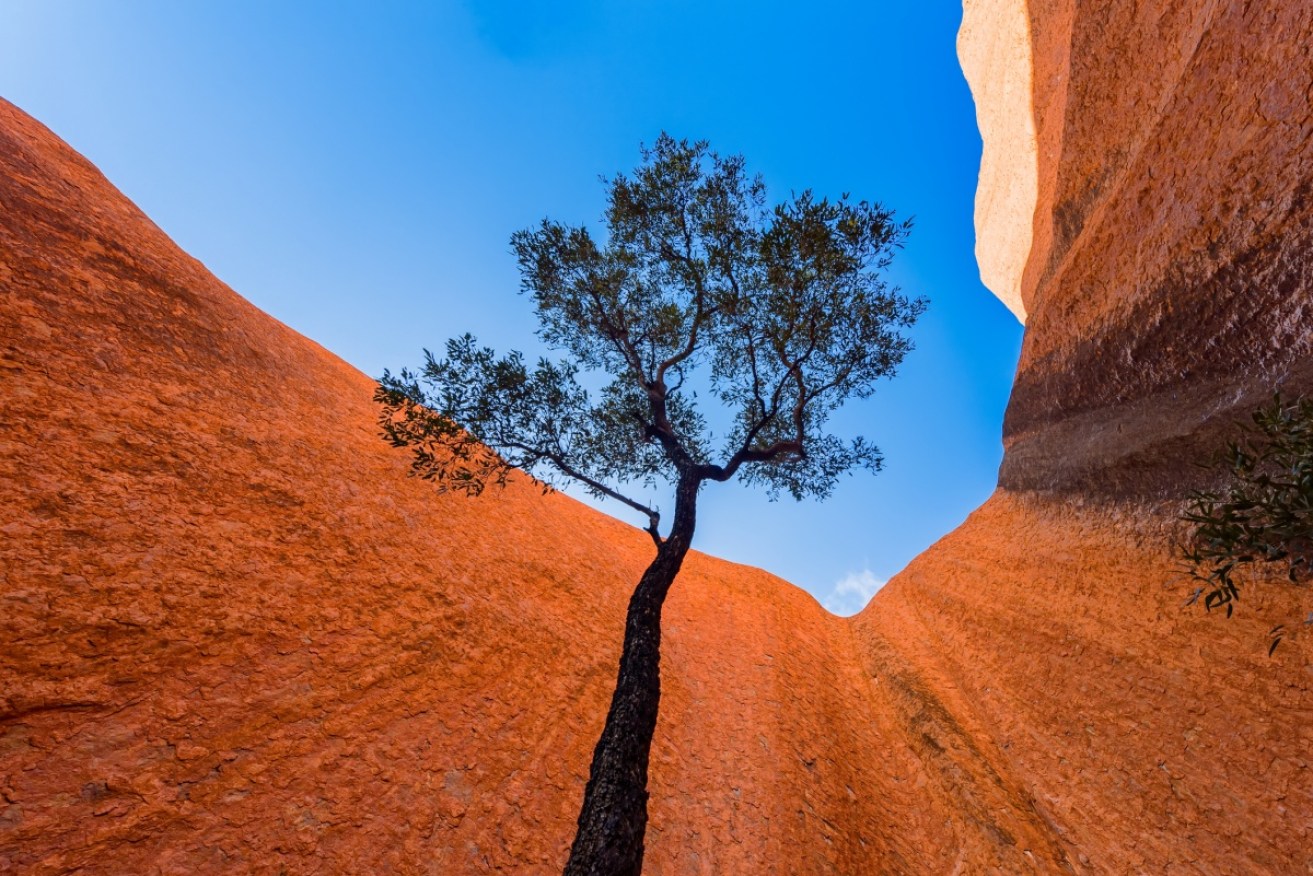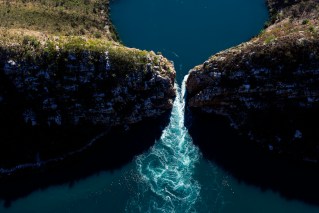Take a hike: Eight of Australia’s best one-day treks


The eerily beautiful Kata Tjuta. Photo: Getty
From challenging climbs to coastal tracks, there’s something for every hiker among these great day walks.
Mount Barney, Queensland
Around 90 minutes’ drive from Brisbane, the 1351-metre Mount Barney is within the Gondwana Rainforests World Heritage Area.
The return hike takes around 12 hours and is best tackled only by the experienced as there are some steep ascents and rock scrambling involved.
Local guide Innes Larkin runs regular trips to the summit, and you can stay at nearby Mount Barney Lodge, which offers cosy cabin accommodation and delicious food.
Bouddi Coastal Walk, NSW
This eight-kilometre walk takes you along a beautiful strip of the Central Coast from Putty Beach to MacMasters Beach.
It takes in some stunning sea views and includes beautiful remote beaches like Maitland Bay, boardwalks, pockets of rainforest and pretty picnic spots – you may even spot some whales.
It’s a grade 3 track, so it’s suitable for most ages and fitness levels. Allow five hours.
Mount Gower, Lord Howe Island, NSW
This tough hike at Mount Gower is not for the faint-hearted with a steep, rope-assisted climb that takes around eight hours return.
The hike can only be done with a licensed guide and tours (costing around $70) are scheduled a couple of times a week.
It’s worth the challenge, though – you’ll be rewarded with breathtaking views at the top and glimpses of rare flora and fauna along the way.
Valley of the Winds, Kata Tjuta, NT
Around 32 kilometres west of Uluru, the eerily beautiful Kata Tjuta is a series of 36 huge domed rocks.
The full circuit walk at Valley of the Winds is 7.4 kilometres and takes around two and a half hours to complete. Or you can opt for a shorter stroll by hiking to Karu lookout (2.3 kilometres return) or Karingana lookout (5.4 kilometres).
The Walpa Gorge walk is another good option – it’s a lovely and relatively easy 2.6-kilometre return walk through sheer echoing rock walls.
Mount Kosciuszko Summit Walk, NSW
At 2228 metres, Mount Kosciuszko is the smallest of the world’s “Seven Summits” (the continents’ highest peaks, including Kilimanjaro and Everest), and is a well-marked, grade 3 track with a gradual incline.
This 19-kilometre return hike to the top of Australia’s tallest mountain takes around eight hours to complete.
In summer the wildflowers put on a spectacular display.
Wineglass Bay Circuit, Freycinet National Park, Tasmania
This scenic trail is one of the most popular walks in Tasmania.
The 11-kilometre circuit takes around five hours to complete and offers stunning views over Freycinet National Park. It offers the chance to spot wallabies and pademelons, stroll along beaches and, in summer, to paddle in crystal waters. Be sure to pack a picnic.
Cathedral Range Ridgeline Circuit, Victoria
This hike takes in the length of the Cathedral Range ridge at Buxton. It is around 18 kilometres in total and can be done in around seven hours.
A grade 4 track, it gives hikers the opportunity to enjoy some of the best features this state park about two hours from Melbourne has to offer, including 360-degree views of the valley and surrounding ranges.
Bluff Knoll, Stirling Range National Park, WA
Located in Stirling Range National Park, Bluff Knoll in the Albany region is the third-highest peak in WA and is popular with hikers because of its spectacular summit views.
You can expect to see plenty of pretty wildflowers and local birdlife on this grade 4, six-kilometre walk, which takes around three hours to complete.
Top five tips for staying safe
Joe Bonington is a highly experienced mountaineer and the owner of Joe’s Basecamp gym on Sydney’s Northern Beaches. Here are his top tips for safe, enjoyable hiking.
- Share your plans. Tell your family or friends of your route, who you are travelling with and your estimated time of return
- Know the weather. Check the Bureau Of Meteorology weather forecasts and local conditions and modify your plans accordingly
- Wear suitable clothing. Always bring wet weather/windproof gear and warm clothes, even in the height of summer
- Expect the unexpected. Allow extra time for thick scrub, cliff lines and flooded water courses
- Stick to the track. Unless you are extremely experienced at orientation (mapped compass work), stay on the path.
Photographs: Getty, Grahame McConnell/Destination NSW
















